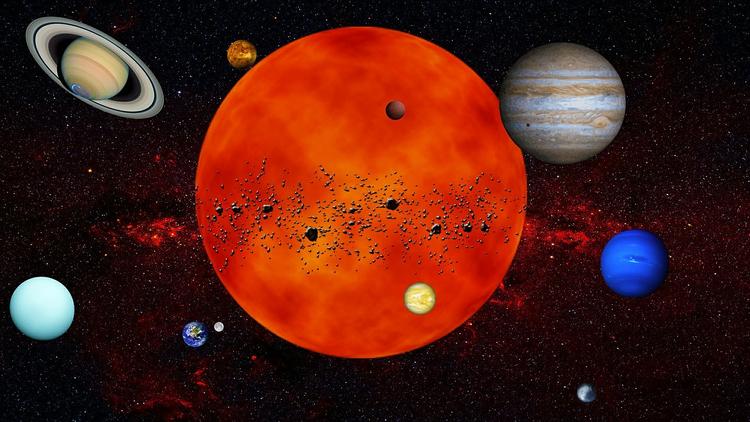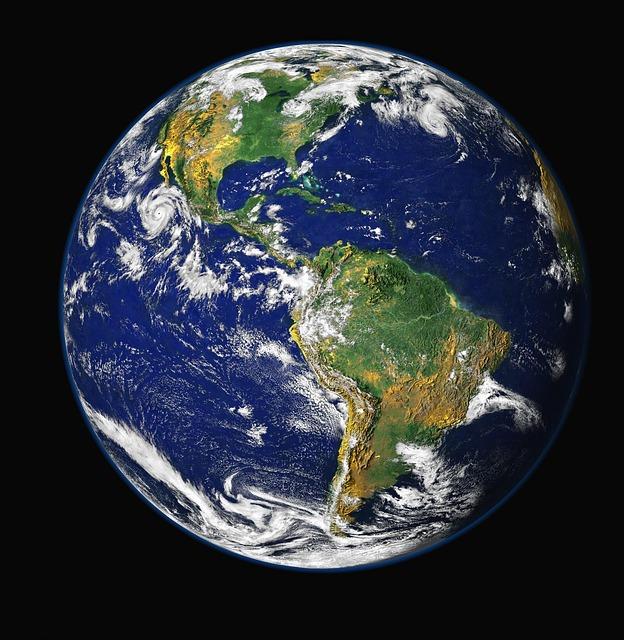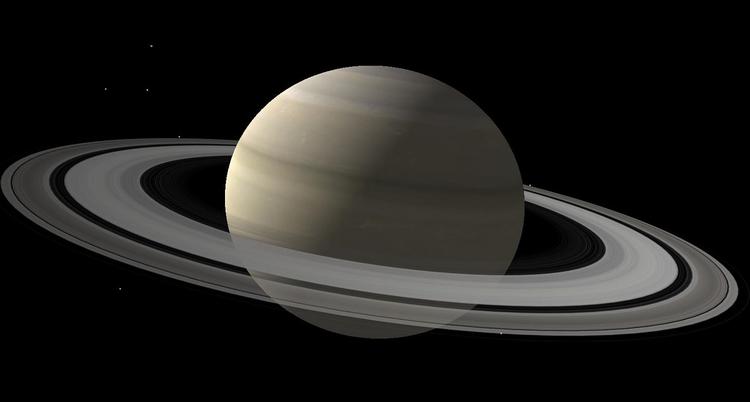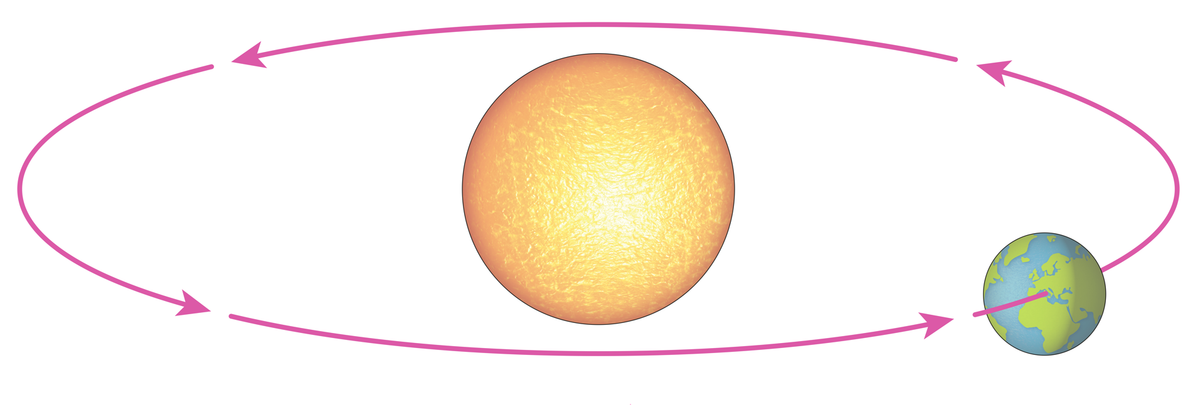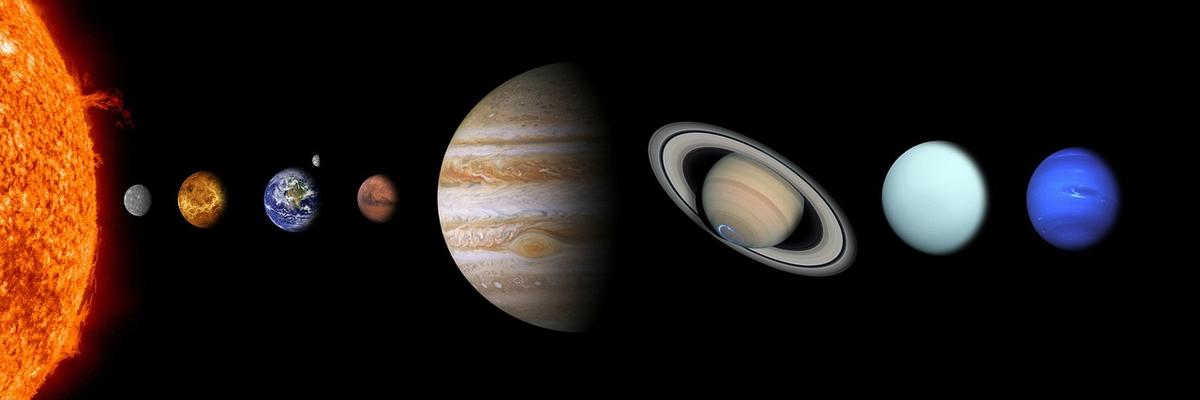The movement of the planets around the Sun
I can describe the movement of the planets in the solar system in relation to the Sun.
The movement of the planets around the Sun
I can describe the movement of the planets in the solar system in relation to the Sun.
Link copied to clipboard
These resources will be removed by end of Summer Term 2025.
Switch to our new teaching resources now - designed by teachers and leading subject experts, and tested in classrooms.
These resources were created for remote use during the pandemic and are not designed for classroom teaching.
Lesson details
Key learning points
- The Sun is the centre of the solar system
- Earth, and other planets in the solar system, move around or orbit the Sun in an anticlockwise direction
- It takes different planets different amounts of time to orbit the Sun, depending on their distance from the Sun
- It takes 365 1/4 days, or one year, for Earth to complete one orbit of the Sun
Keywords
Solar system - The solar system is the name for our Sun and the planets that orbit it.
Sun - The Sun is a star and the centre of our solar system.
Planets - Planets are large objects made of rock or gas that orbit a star.
Orbit - Orbit is when something travels around a star, planet or moon.
Common misconception
Earth lies at the centre of the solar system, with the Sun and planets orbiting around it.
Provide opportunities for the children to explore both diagrams and 3D models of the solar system which clearly show the Sun and planets.
To help you plan your year 5 science lesson on: The movement of the planets around the Sun, download all teaching resources for free and adapt to suit your pupils' needs...
To help you plan your year 5 science lesson on: The movement of the planets around the Sun, download all teaching resources for free and adapt to suit your pupils' needs.
The starter quiz will activate and check your pupils' prior knowledge, with versions available both with and without answers in PDF format.
We use learning cycles to break down learning into key concepts or ideas linked to the learning outcome. Each learning cycle features explanations with checks for understanding and practice tasks with feedback. All of this is found in our slide decks, ready for you to download and edit. The practice tasks are also available as printable worksheets and some lessons have additional materials with extra material you might need for teaching the lesson.
The assessment exit quiz will test your pupils' understanding of the key learning points.
Our video is a tool for planning, showing how other teachers might teach the lesson, offering helpful tips, modelled explanations and inspiration for your own delivery in the classroom. Plus, you can set it as homework or revision for pupils and keep their learning on track by sharing an online pupil version of this lesson.
Explore more key stage 2 science lessons from the Earth, Sun and Moon unit, dive into the full secondary science curriculum, or learn more about lesson planning.

Equipment
Selection of balls, chalk, stopwatches (optional)
Content guidance
- Risk assessment required - physical activity
Supervision
Adult supervision required
Licence
Starter quiz
6 Questions
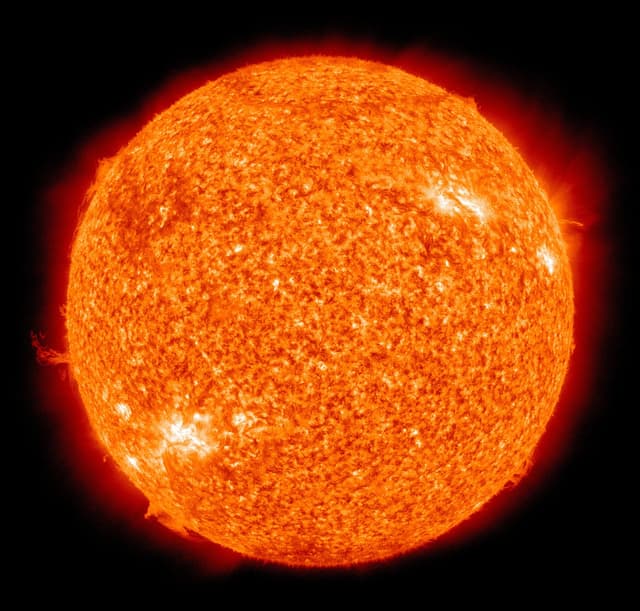
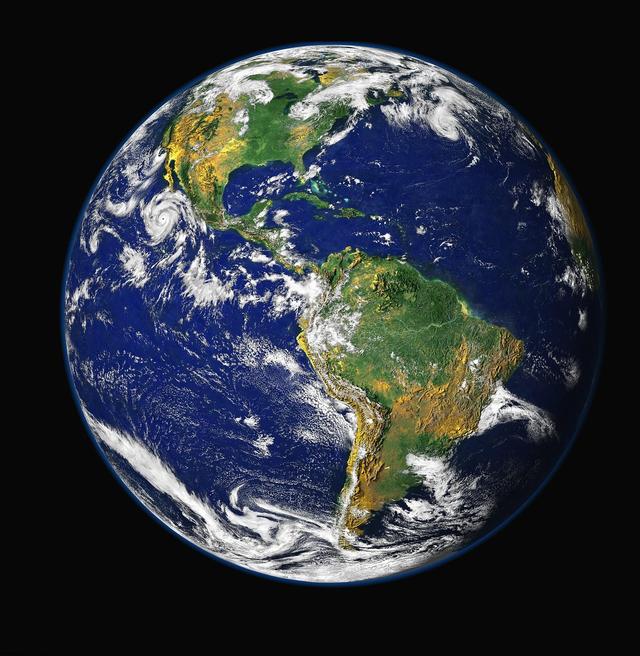
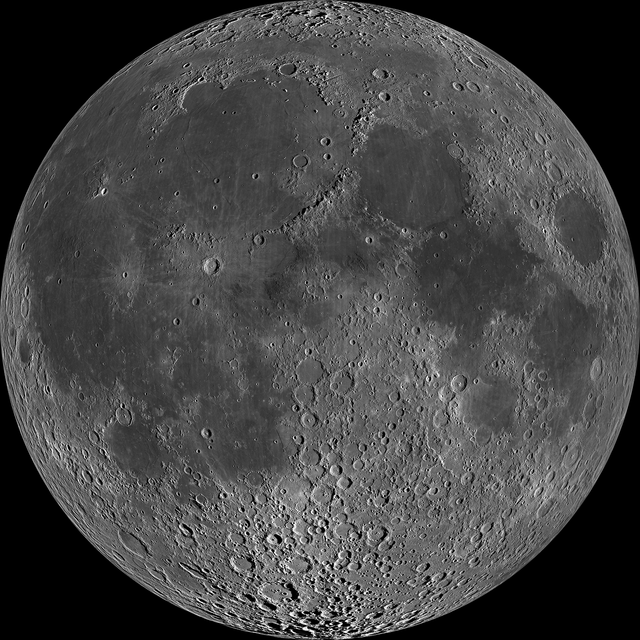
Moving around in the same direction as the hands on a clock.
Moving in the opposite direction to the hands on a clock.
Spinning around on an axis.
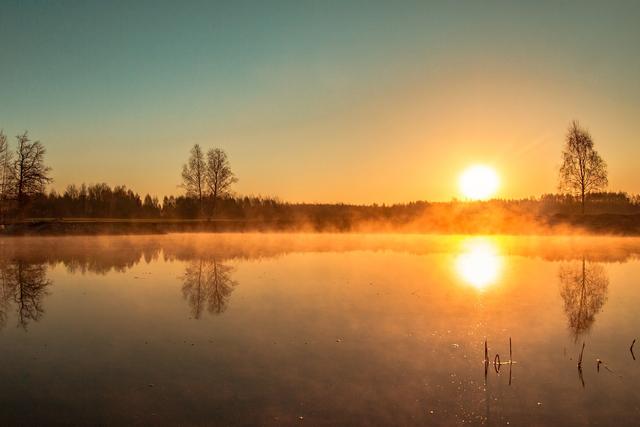
Exit quiz
6 Questions
